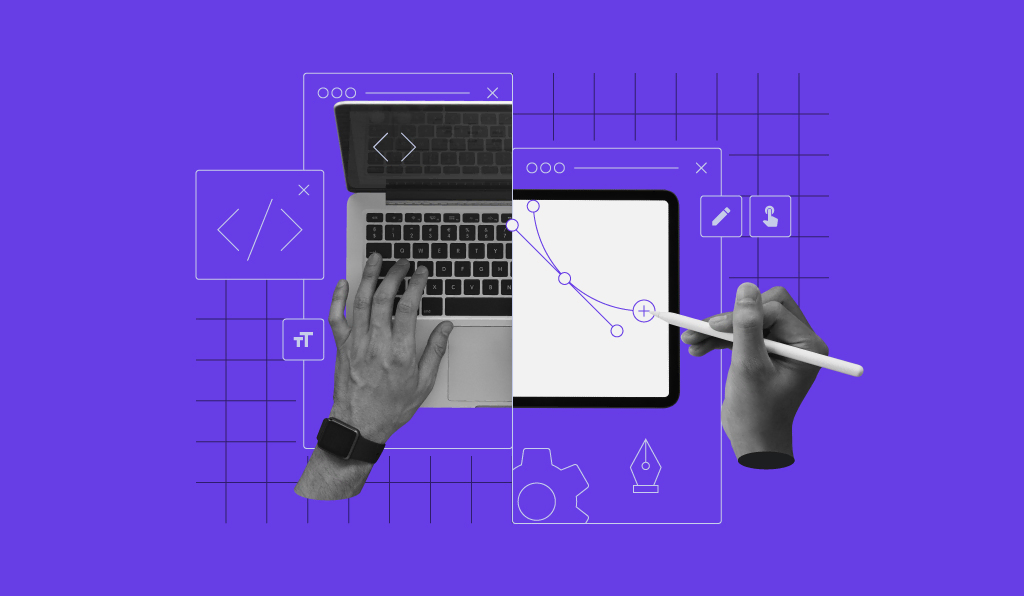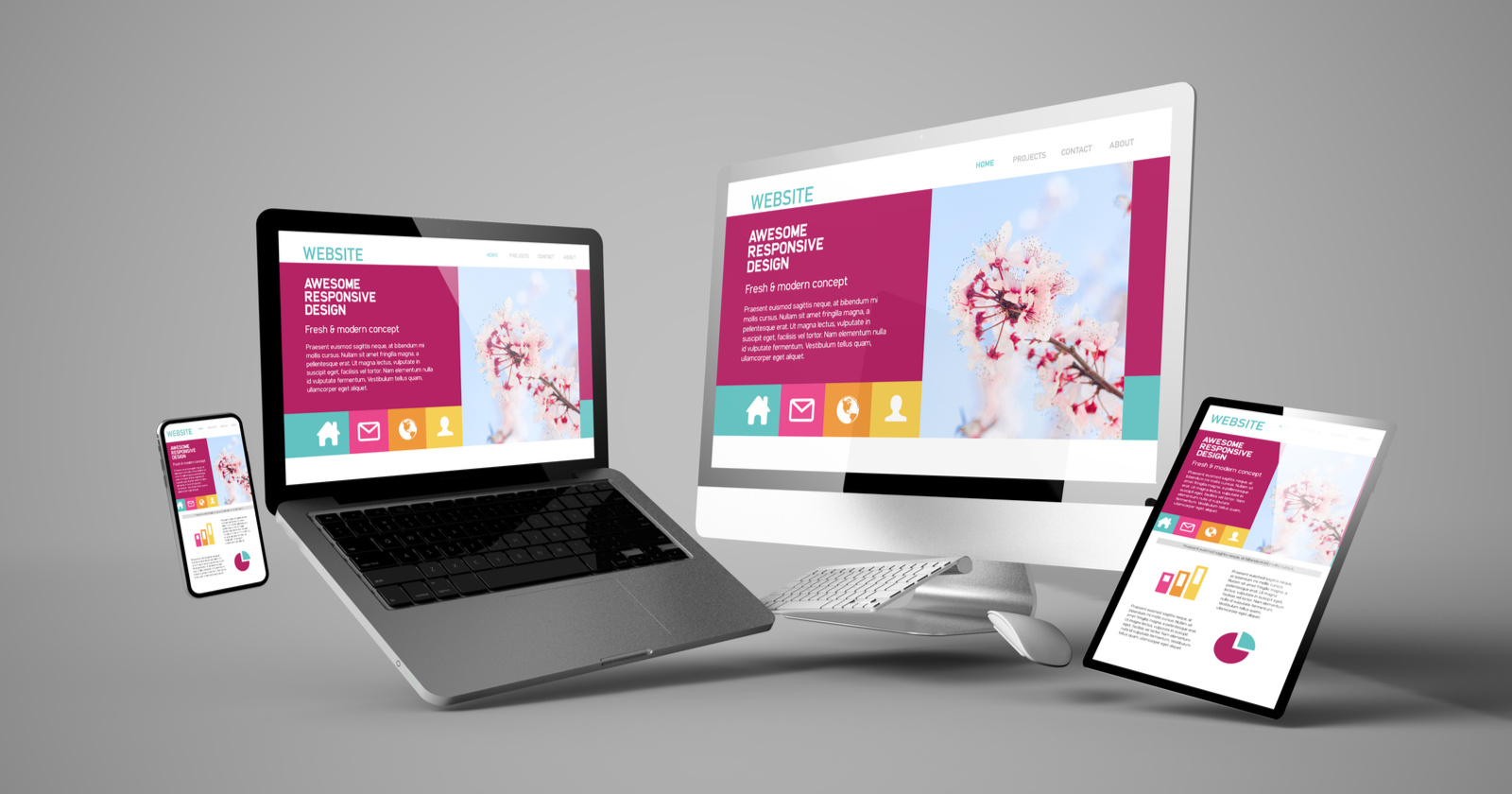Innovative Fads in Web Design Johannesburg for the Modern Service
The Thorough Introduction of Present Trends and Technologies in Website Design That Forming the Future of Online Existence
As the digital landscape remains to evolve, website design arises as a crucial element in forming individual interaction and overall online visibility. Trick trends such as receptive design, minimalism, and the combination of synthetic intelligence are redefining how customers connect with web sites. The surge of immersive components and adherence to availability requirements signal a more comprehensive shift toward inclusivity and individualized experiences. Understanding these innovations is important for anybody wanting to navigate the intricacies of modern-day website design and its implications for the future of digital communication. What lies in advance in this quickly altering setting?
The Rise of Responsive Layout

Responsive style employs liquid grids, adaptable images, and CSS media queries, allowing material to adjust dynamically. Therefore, users can engage with websites effortlessly, despite whether they are using a smartphone, desktop, or tablet . This flexibility has come to be especially critical as mobile net use has surpassed desktop computer browsing, making it necessary for services to satisfy varied customer demands.
Furthermore, receptive layout assists in enhanced seo (SEARCH ENGINE OPTIMIZATION) considering that search engines prefer mobile-friendly sites. By settling web advancement efforts right into a solitary, responsive site, organizations can improve upkeep and updates, reducing operational prices. The surge of responsive style not just improves use but also drives digital advertising and marketing approaches, making sure that brand names can get in touch with target markets efficiently in a swiftly evolving digital landscape.
Minimalism and User Experience
The beauty of minimalism in website design lies in its ability to boost individual experience by stripping away unneeded components and concentrating on essential web content. This style ideology stresses simpleness, permitting users to browse web sites effortlessly and clearness. By decreasing visual clutter, minimalism promotes quicker decision-making, as users are guided to key information without distraction.
Including sufficient white room plays a critical role in minimalistic layout - web design Johannesburg. It not just improves readability but additionally produces a sense of balance and consistency, making material a lot more welcoming. The usage of a limited shade palette and uncomplicated typography better strengthens this approach, making sure that users can involve with the website intuitively
In addition, minimalism usually results in quicker load times, as fewer elements require much less bandwidth. This performance is important in an era where interest spans are fleeting, and individuals anticipate prompt access to details. Therefore, internet sites embracing minimalism often tend to foster higher involvement and lower bounce rates.
Expert System Assimilation
Artificial knowledge (AI) integration is revolutionizing website design by boosting customization and individual interaction. By leveraging AI algorithms, designers can develop dynamic experiences that adjust to private customer preferences and behaviors. This capacity to tailor material not only boosts individual complete satisfaction but also enhances the chance of conversion.
AI-driven tools allow real-time information analysis, allowing sites to adjust designs, suggest items, and existing customized content based on user interactions. For instance, chatbots powered by natural language processing give immediate support, dealing with individual inquiries and assisting them via the buying process flawlessly. This fosters a more responsive and interactive atmosphere.
Additionally, AI can streamline layout procedures via automation. Tools that assess individual information can recommend style changes, enhancing layouts for optimum customer engagement. Anticipating analytics further help developers by projecting trends and customer needs, guaranteeing that internet experiences continue to be pertinent and appealing.
As AI technology continues to develop, its combination into website design will come to be significantly innovative, supplying much deeper insights and boosting individual experiences. The harmony between AI and web design not only forms current fads but also paves the means for future developments that focus on user-centric layout.
Immersive and Interactive Components
A considerable shift towards interactive and immersive aspects in website design is transforming user experiences across the digital landscape. Developers are progressively incorporating features such as 3D graphics, animations, and interactive narration to involve customers on a deeper level. These components not just mesmerize attention but also motivate active engagement, making the experience extra remarkable.
The use of augmented and digital truth is obtaining traction, permitting individuals to engage with items in a substitute setting. Such innovations improve the buying experience, providing customers with a realistic feel of products before making an acquisition. In addition, micro-interactions-- tiny computer animations that reply to user actions-- are ending up being necessary in guiding customers with their journey on a website.
In addition, gamification techniques are being integrated right into website design, turning ordinary jobs right into appealing activities. This approach not only increases user involvement but also cultivates brand name loyalty by making interactions enjoyable.
As internet layout proceeds to progress, the emphasis on interactive and immersive elements will likely increase, establishing brand-new requirements for customer involvement and satisfaction. Inevitably, these innovations are improving just how users get in touch with digital content, leading the method for more interesting and vibrant online experiences.

Availability and Inclusivity Criteria
In today's digital landscape, prioritizing access and inclusivity requirements is essential for creating web sites that satisfy diverse target markets. These criteria make certain that all people, no matter capability, can gain access to and browse on the internet content successfully. Sticking to guidelines such as the Web Web Content Ease Of Access Standards (WCAG) promotes a straightforward experience for people with impairments, improving usability for every person.

Inclusivity standards prolong beyond handicap factors to consider; they incorporate social, linguistic, and socio-economic diversity. This involves giving multilingual content and suiting various cultural contexts within design options. By welcoming access and inclusivity, web designers not only abide by legal demands but likewise cultivate an even more fair online environment.
Inevitably, focusing on these standards enhances user involvement and complete satisfaction, driving wider reach and impact for sites. As digital communications proceed to evolve, accessibility and inclusivity need to continue to be at the forefront of internet design techniques.
Final Thought
The existing trends and technologies in website design, such as responsive style, minimalism, expert system assimilation, immersive aspects, and ease of access requirements, collectively shape a dynamic electronic landscape. These advancements not just enhance user experience yet additionally make certain inclusivity for varied target markets. As modern technology proceeds to develop, the combination of these fads will even more redefine online visibility, cultivating engagement and communication in manner ins which satisfy the ever-changing demands of customers in a digital-first globe.
As the digital more landscape proceeds to progress, web layout arises as an important variable in shaping customer interaction and total online presence.The appeal of minimalism in web design lies in its ability to improve user experience by removing away unnecessary elements and concentrating on vital material. Tools that assess customer information can recommend design adjustments, maximizing designs for optimum customer involvement.A significant change in the direction of immersive and interactive components in internet style is changing customer experiences throughout the electronic landscape. Additionally, micro-interactions-- tiny animations that respond to individual activities-- are becoming important in directing individuals with their journey on a website.